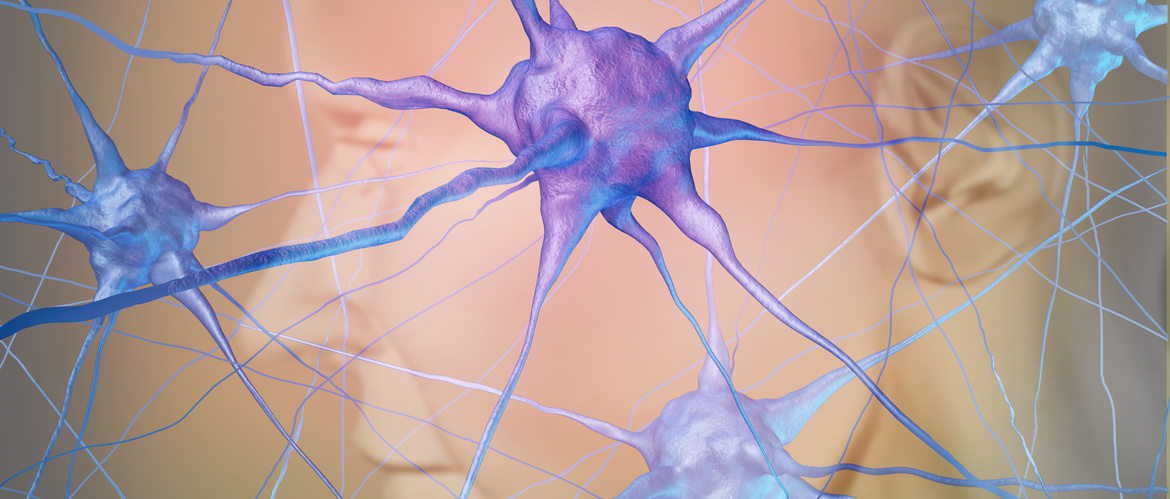
Choose a channel
Check out the different Progress in Mind content channels.

Progress in Mind

Agitation drives poor life quality for dementia sufferers and their carers, and it also drives costs. So attempts to deal with it are vital, said session chair Sube Bannerjee (Brighton and Sussex Medical School, UK). The meeting heard new data on the impact of agitation, factors associated with it, and ways its burden can be reduced.
Agitation is the most common neuropsychiatric symptom (NPS) in care home residents with dementia. The suggestion is that inner tensions lead to inappropriate or purposeless verbal, vocal or motor activity.
The root problems seem to lie in unfulfilled and unexpressed needs
Though there has been relatively little research in support,the root problems seem to lie in unfulfilled and unexpressed needs.These could be pain or hunger, or need for stimulation. Agitation is associated with frontal lobe changes but the full role of neurodegeneration is not yet clear.
To demonstrate the impact of agitation, Gill Livingston (University College London, UK) presented cross-sectional data from the large Managing Agitation and Raising Quality of Life in Dementia (MARQUE) study involving more than 4200 patients in 86 care homes across England.1
Forty-three percent of the homes specialized in dementia; and 86% of patients had dementia, which was severe in 38% of cases. Their mean age was 85 years and 69% were female.The mean Cohen-Mansfield Agitation Inventory (CMAI) score was 41, indicating clinically significant agitation.
On average, patients had only 18 minutes per day of scheduled activity. But there was no association between agitation and fewer hours of activity per week, nor with the assessed comfort of the home environment.1
Agitation linked to poor quality of life
Against expectations, people with agitation according to the CMAI had not had fewer family visits than those who were not agitated. This may be because family members of agitated patients were visiting frequently in an attempt to alleviate their distress.
And agitation was not associated with there being fewer staff per patient; but this may be because more staff are needed to deal with agitation. The longitudinal study (which has been completed but not yet analyzed) should cast light on whether relative absence of staff is a causative factor in agitation in the first place.
However, one thing made clear by the cross-sectional study is the association of agitation with quality of life: staff ratings of patient QoL correlated -0.53 with agitation. People with agitation were six times more likely than non-agitated patients to be taking antipsychotics. But they were no more likely to be taking analgesics or antidepressants.1
The London meeting heard the first presentation of results from the cluster-randomized trial of TIME: Targeted Interdisciplinary Model for the Evaluation and Treatment of Neuropsychiatric Symptoms. In this study, use of the Model – which builds on the principles of cognitive behavioral therapy and other initiatives in patient-centered care -- was associated with statistically and clinically significant improvement in patient agitation and quality of life at 12 weeks when compared to controls.2
Presenting the data, Geir Selbaek (University of Oslo, Norway) described the three phases of the intervention.
Registration and assessment -- which includes clinical exam, review of records, assessment of pain, and the recording of behavioral symptoms over 24 hours – is followed by a phase of reflection, during which case conferences seek to understand the causes of NPS and develop a detailed and individualized treatment plan. The final phase is one of action and evaluation.
Trial of the intervention, based on a manual developed by Bjørn Lichtwarck3, sought to include patients typical of everyday care. Patients had moderate to high agitation, defined as a score of 6 or more on the Neuropsychiatric Inventory-Nursing Home Version. The only exclusion criterion was a life expectancy of less than six weeks.
An analogy can be made with the patient experiencing shortness of breath. In that case, we don’t reach straight for the antibiotics. So too with NPS such as agitation. Let us first take the time to seek the cause. We can make a difference when we take care to understand and meet the needs of people with dementia.
We can make a difference when we take care to understand and meet the needs of people with dementia
In the 2020 dementia plan, TIME will be implemented in Norwegian nursing homes. A model applicable to home care is being developed.
Describe the problem behavior; Investigate possible underlying causes; Create a treatment plan in collaboration with carers and others; and Evaluate the outcome – the four elements of the DICE approach, as describe by Helen Kales (University of Michigan, Ann Arbor, USA).4
A web-based walk-through of DICE shows promise
One problem is that the approach takes time and training, and these are not yet reimbursed. So the DICE team has developed a web-based tool, the WeCareAdvisor. The tool, which can be personalized to the race and gender of the carer, walks the user through the DICE approach to managing problematic behaviors as well as containing a Caregiver Survival Guide.
A daily messaging feature, which provides the carer with motivational support, is also proving a popular feature.
The WeCareAdvisor tool was evaluated in a small randomized phase II study, with a crossover design. Results suggest that the tool is effective in reducing caregiver distress and increasing confidence.